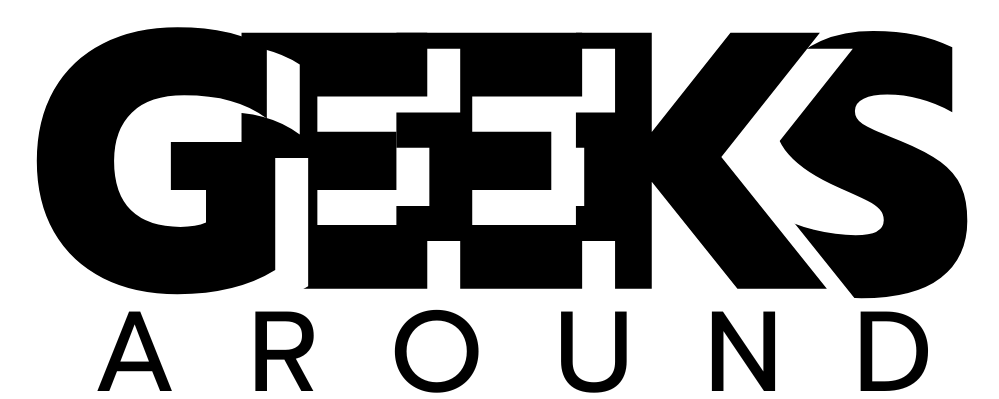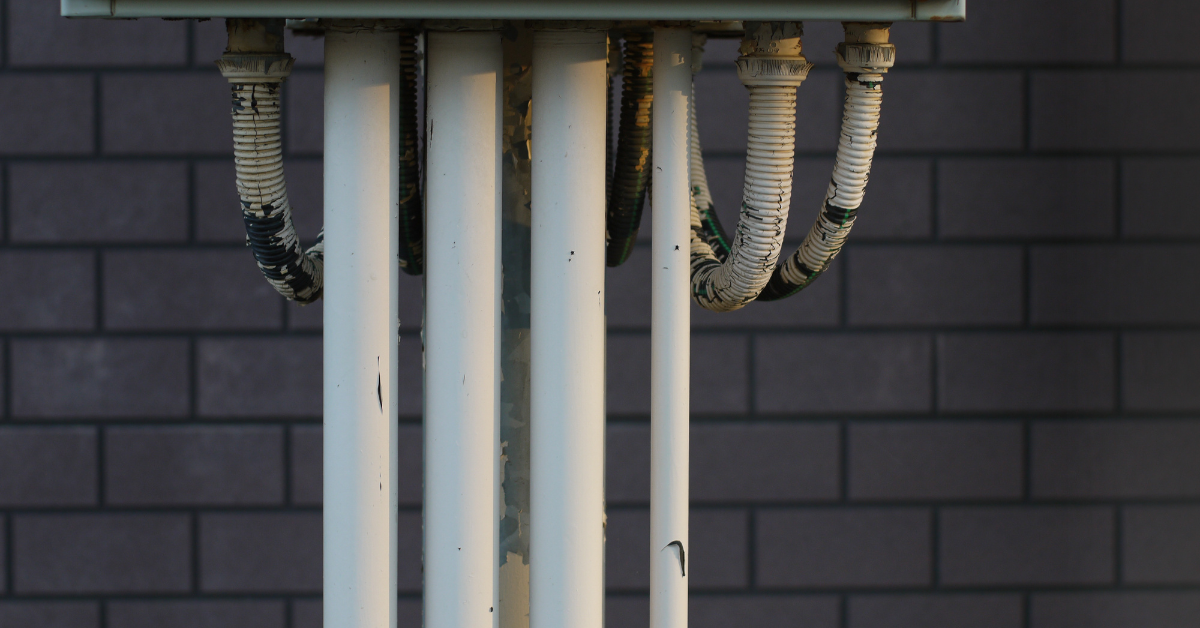Perfecting Pipe Alignment Techniques in Industrial Plants
In industrial settings, precise pipe alignment is crucial. A tiny misalignment can lead to costly shutdowns, increased wear and tear, and even safety hazards. For industrial plant operators, mechanical engineers, and maintenance managers, mastering pipe alignment is essential for maintaining operational efficiency and safety. This post will outline best practices for achieving optimal pipe alignment, ensuring that your operations run smoothly and efficiently.
Why Pipe Alignment Matters
Proper pipe alignment ensures smooth fluid flow, minimizes stress on the system, and prevents leaks. Misaligned pipes can cause vibration, noise, and premature wear, leading to costly repairs and downtime. In contrast, well-aligned pipes contribute to system longevity and operational reliability.
Common Challenges in Pipe Alignment
Aligning pipes isn’t always straightforward. Challenges include thermal expansion, ground settling, and inaccurate measurements. Understanding these hurdles is the first step toward overcoming them and achieving precise alignment.
Tools and Equipment for Pipe Alignment

Having the right tools is half the battle. Essential equipment includes laser alignment tools, pipe clamps, and hydraulic jacks. Leveraging these tools can significantly improve accuracy and efficiency in the alignment process.
The Role of Laser Alignment Tools
Laser alignment tools have revolutionized pipe alignment. They provide precise measurements, reducing the margin for error. Using these tools can save time and ensure more accurate alignment compared to traditional methods.
Steps for Accurate Pipe Alignment
- Pre-Alignment Preparation
Before starting the alignment process, ensure that all components are clean and free of debris. Review blueprints and specifications to understand the required alignment.
- Initial Rough Alignment
Begin with a rough alignment using manual tools. This step involves positioning the pipes as close to the desired alignment as possible.
- Fine-Tuning with Laser Tools
Use laser alignment tools to make precise adjustments. This step ensures that the pipes are perfectly aligned according to the specifications.
Importance of Regular Maintenance
Regular maintenance checks are vital for sustaining pipe alignment. Over time, pipes can shift due to various factors like thermal expansion and ground movement. Regular inspections can catch misalignments early, preventing major issues.
Training and Skill Development
Investing in training for your team is crucial. Skilled technicians are more likely to achieve precise alignment and identify potential issues before they escalate. Continuous skill development ensures that your team is up-to-date with the latest alignment techniques and technologies.
Case Study: Successful Pipe Alignment in a Power Plant
In one power plant, poor pipe alignment led to frequent shutdowns and costly repairs. By implementing laser alignment tools and regular maintenance checks, the plant improved operational efficiency and reduced downtime by 30%.
The Role of Technology in Pipe Alignment
Technological advancements like 3D modeling and augmented reality are making pipe alignment easier and more accurate. These technologies provide a visual guide, helping technicians achieve perfect alignment.
Read Also: How to Select a Reliable Pool Construction Company
Best Practices for Pipe Alignment
- Use Precise Measurements
Always use precise measurements for alignment. Inaccurate measurements can lead to misalignment and subsequent operational issues.
- Leverage Technology
Utilize the latest technology, such as laser alignment tools and 3D modeling, to improve accuracy and efficiency.
- Regular Inspections
Conduct regular inspections to catch any misalignments early. This practice can prevent major issues and extend the life of your piping system.Mastering pipe alignment is essential for maintaining operational efficiency and safety in industrial settings. By following best practices and leveraging advanced tools and technologies, you can achieve precise alignment, reduce downtime, and extend the life of your piping system. For more information and expert advice, consider consulting with a professional Plumber in Murray, Utah.







